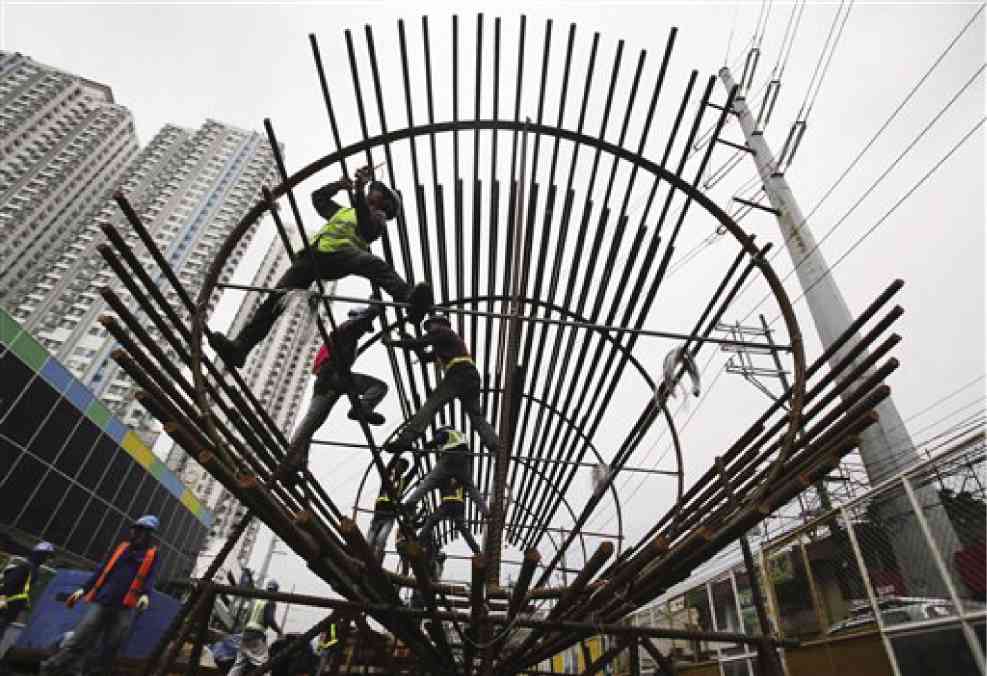Amro sees higher PH growth in 2019 on easing inflation, infra boost

Philippine infrastructure stock photo. INQUIRER.NET
MANILA, Philippines — The regional macroeconomic surveillance organization Asean+3 Macroeconomic Research Office (Amro) has slightly raised its 2019 growth forecast for the Philippines as inflation eases and the government builds more infrastructure this year.
In a statement Monday, Amro said its latest projection showed the Philippines’ gross domestic product (GDP) expanding by 6.4 percent in 2019, up from the downgraded 6.3-percent growth forecast in January.
Amro’s updated forecast nonetheless remained below the government’s 7-8 percent target range for 2019.
While economic growth last year slowed to a three-year low of 6.2 percent due to weaker domestic private consumption as well as external demand, Amro expects the Philippine economy this year to “recover” as well as “stay resilient, supported by robust domestic demand.”
In 2018, inflation or the rate of increase in prices of basic commodities hit a 10-year high of 5.2 percent due to higher or new excise taxes slapped on consumption, skyrocketing global oil prices, and domestic food supply bottlenecks, especially of rice.
Moving forward, “private consumption is expected to recover as inflation pressure eases and consumer confidence is restored,” Amro said.
Similar to the government, Amro expects headline inflation to return within the 2-4 percent target range in 2019 due to “lower oil prices and continuing rollout of government’s measures to dampen inflationary pressures, such as the passage of rice tariffication bill.”
Also, “the government’s ‘Build, Build, Build’ infrastructure program will continue to provide impetus to the economy,” it added.
Under “Build, Build, Build,” the government would roll out 75 “game-changing” flagship projects, with about half expected to be completed during President Duterte’s term, to usher in “the golden age of infrastructure” by 2022.
However, “due to high demand for imports of capital goods and raw materials for infrastructure investment projects, the current account will remain in deficit this year,” Amro said.
Amro also said Philippine exports were expected to remain “tepid” this year.
Last year, merchandise exports declined 1.8 percent to $67.5 billion from the $68.7-billion worth of Philippine-made products sold abroad in 2017.
Amro added that “FDI inflows are also likely to moderate on the back of fewer approvals of new projects and higher cross border borrowing costs” even as “non-FDI outflows are expected to ease following the sharp price corrections in domestic assets, and as repayments of foreign debt by domestic residents would have run its course.”
“The major risks facing the Philippine economy are mostly short-term. Externally, escalating global trade tensions and a sharp tightening of global financial conditions remain the major risks,” it said.
“Domestically, higher-than-expected inflation and pockets of financial vulnerabilities are the key concerns. While domestic risks have started showing signs of easing, external risks have remained heightened. Policymakers need to remain vigilant on the development of short-term risks and get ready to recalibrate their policy mix to sustain macroeconomic stability,” it added. /cbb
